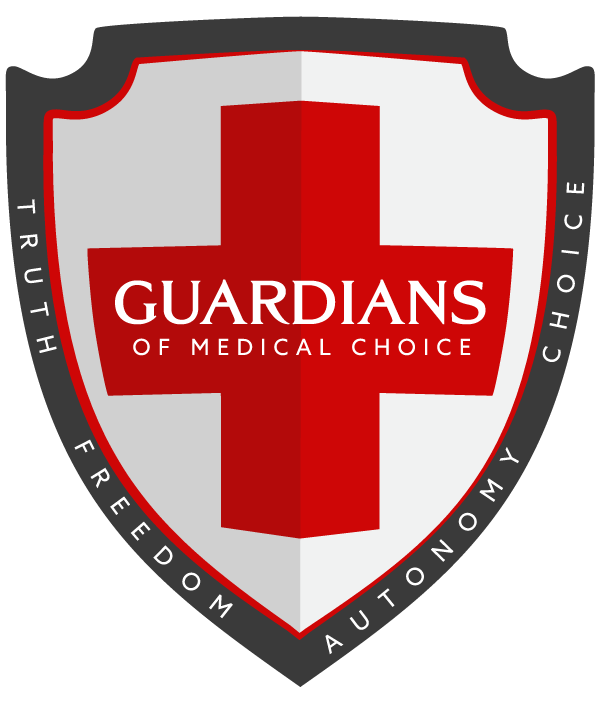Updated April 5, 2022
America’s Frontline Doctor, Ryan Cole explains the vax and it’s correlation with cancerous tumor formation and rising death rates: “[When] the shots rolled out, [life insurance companies] noticed in the age 18 to 64 group of individuals, that’s your healthy working population, they had a 40% increase in claims for disability and death… But the thing [Scott Davidson] clearly states is [that] these aren’t COVID deaths. The majority of those deaths happened in quarter number three and four of last year, 2021. What does that mean? When did the mandate start? Quarter number three and four, 2021.”
Access the full Dr. Cole Video Here
January 28, 2022
Prime Age Mortality is loosely defined as “death rates among those of working age between the age of 18-59 years”.
Access the Prime Age Mortality in your state here
US Life Expectancy refers to the number of years a person can expect to live and is only an estimate of the average age members of a particular population group will be when they die.
In 2010 when Obamacare/Affordable Care Act/ACA was passed through reconciliation by Congress, US life expectancy began to noticeably decline. This occurred while other western countries life expectancy continued to increase.
Between 2015-2017, a consecutive decline in life expectancy occurred each year. This was historic in that it was the first consecutive declines since the 1918 Influenzae pandemic. A drop in life expectancy decreases the nation’s “global position in national health and well-being”.
Decreased life expectancy in the 2010s were identified as death of adults of working age between 25-64 years of age. Early mortality in that population “affects the productivity and competitiveness of the country”.
The historic, subsequent declines in 2015-2017 were of such concern it prompted a study by the Committee on Rising Midlife Mortality Rates and Socio-economic Disparities, under the auspices of the National Academies of Sciences, Engineering, and Medicine which were sponsored by the U.S. Department of Health and Human Services (HHS) and the Robert Wood Johnson Foundation.
According to The National Academies, they are “private, nonprofit institutions that provide independent, objective analysis and advice to the nation to solve complex problems and inform public policy decisions related to science, technology, and medicine. They operate under an 1863 congressional charter to the National Academy of Sciences, signed by President Lincoln.
In March of 2021, The National Academies committee released the report titled, “High and Rising Mortality Rates Among Working-Age Adults (2021).
They analyzed pre-Covid data from 1990–2017 using the many perspectives of participating Committee experts that included demographics, economics, epidemiology, medicine, public health, sociology and biostatisticians.
During Senate testimony in July 2021, they reported three primary causes of death fueled the upward trend in ages 25–64 mortality: drug poisonings and alcohol-induced causes, suicide, and cardiometabolic diseases”. The report stated, “Americans are more likely to die before age 65 than peers in other rich nations”.
On January 6, 2022, the Epoch Times reported 90,000 deaths in the age groups of 18 to 49 from October 2020 through October 2021 as compared to the same time periods in 2018 and 2019. Of the 40% increase a “majority of the increase didn’t involve COVID-19 according to official death certificates”.
If 90,000 people died and 43% of those were due to Covid, there are 51,300 deaths/causes of death between the ages of 18 and 49 years of age left unaccounted for in persons between the ages of 18 and 49 years of age.
Using the National Academies of Sciences, Engineering, and Medicine categories within the study, what might be contributing to dramatic increases in mortality in this population if it’s not Covid related?
Review the possibilities and hyperlinked resources suggesting a correlation using the same three categories from the study which included suicide, substance/drug abuse, and cardiometabolic:
- Increased rates of Suicide due to isolation, illness, quarantine, lockdowns, frustration, discrimination, fear
- Chinese Fentanyl and other drugs flowing unimpeded over the southern borders may account for an increase in overdose deaths
- Increased alcohol intake/substance abuse due to isolation, illness, quarantine, lockdowns, frustration, discrimination, fear
- Increased rates of cardiometabolic diseases such as inflammation, myocarditis, heart attacks, pulmonary embolism, blood clots, strokes, cardiac arrythmia’ (Remdesivir), kidney failure (Remdesivir), diabetes
- Increased incidences of Cancer
- Increases in acquired immune deficiency
- Increases in auto-immune disease
Access Article “Chilling Pandemic Data from the Insurance IndustrY”
Access Batch codes, associated deaths, disabilities and illnesses for Covid 19 Vaccines here




